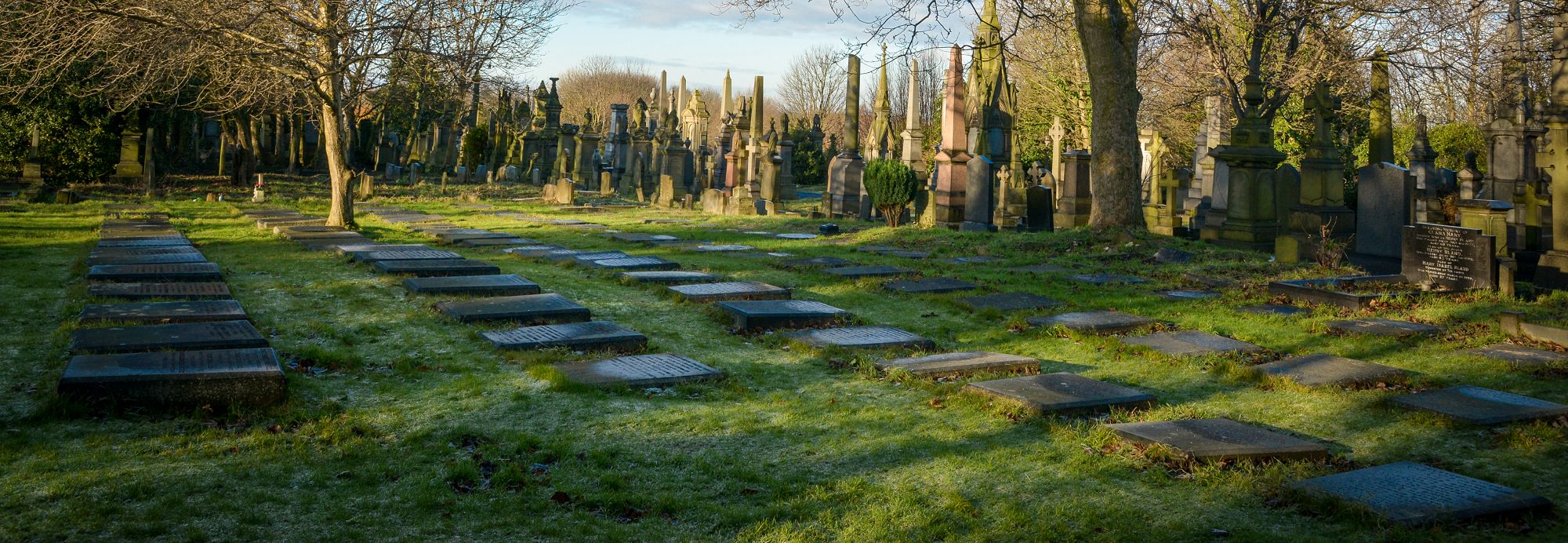Henry Brown
Henry Brown’s mother Elizabeth started a Drapery business in Market Street Bradford in 1814. At around the same time Henry’s father William put his saddler’s business up for sale. Two years later he died. Little did Elizabeth know that her business would grow to such an extent that it would become one of the largest and most successful department stores in the North of England. It gained such a glorious reputation that it would be known as the Harrod’s of the North. Her son Henry would also become the Mayor of Bradford, an Alderman and Justice of the Peace.
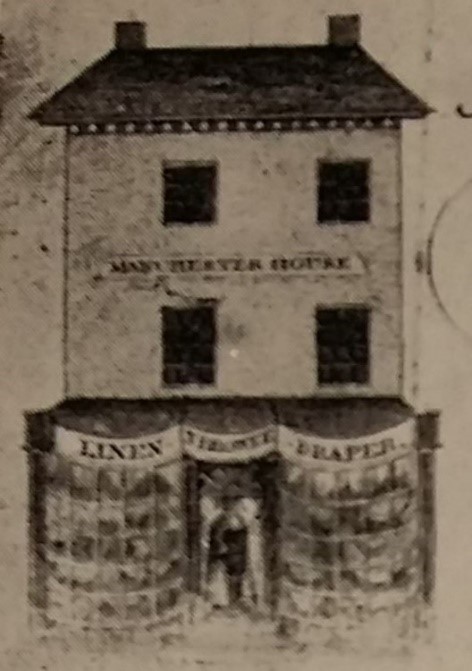
The shop that Elizabeth ran was double fronted with bow windows. Three stone steps led up to the door which was centrally placed. The shop stocked underclothing, fustian goods and corduroy. Sundry goods were hung outside on hooks. (fustian is a type of hard-wearing cloth with a linen warp and cotton weft.)
The Baines directory of 1822 says she was a ‘clothes broker’ Cudworth says ‘outfitter selling fustian goods and ready-made underclothing’
Henry was born in 1804, he was ten years old when the shop first opened. Over the years he must have shown great promise as his mother made him a business partner. In Piggot’s directory 1828 the shop is described as Brown & Son, Linen Drapers, Market Street. As part of the business, Henry ran a circulating library and small bookshop.
Elizabeth retired in 1834. The Bradford Observer 20th Feb 1834 announced the partnership was dissolved and Henry Brown now aged 30, who was the senior partner, became the owner of the business. Soon after this Henry married Betsy Muff, daughter of William Muff, Cabinet maker, joiner and timber merchant of Manor Place, Bradford. Betsy’s brother Thomas Parkinson Muff aged 15 joined the company the following year. He would eventually become the driving force behind the business.
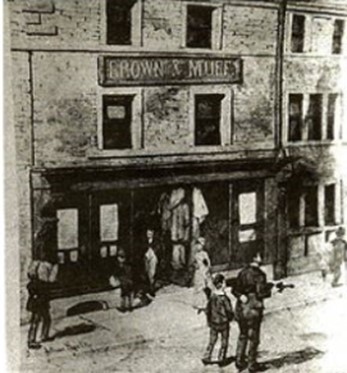
In the 1841 census the family were living at Melbourne Place which was a new development of detached houses. Their house was no 14, the end of the row, and there is evidence that it included a stable and coach house. Henry and Betsy had a son, William Henry. born in 1838. In the census there was Henry and Betsy along with their son and Henry’s mother. Also listed are Thomas Parkinson Muff, Shopman, aged 20 and several others described as Shopmen and Assistants. So it would seem that Henry was providing accommodation for his employees. It is possible that some of them may have been apprentices and that their Indentures included food and lodgings. Their ages ranged from 14 to 25. A total of 14 people are listed at the address.
A notice appeared in the Bradford Observer reporting that the son William Henry had died on 8th September 1845, after a few hours illness, aged 7 years and 6 months. Three months later on the 3rd of December Henry’s mother Elizabeth also died. This must have been a devastating time for Henry and his family. He had not only lost his mother but his only son and heir.
Perhaps at this point he took Thomas Parkinson Muff under his wing. He made him a business partner and the company Brown & Muff was formed. Henry provided the stock and the shop for which he received £100 rent each year. Thomas would gradually purchase up to half of the stock and each partner was to be regarded as a creditor of the firm, in respect of their share of the stock, receiving 5 per cent interest on it. The stock valuation in 1860 was £7,122 each. (Brown Muff Ledger 1838-77 14D96/1/8) Thomas was to ‘diligently apply himself in and about the management of the said concern’, receiving a salary of £100 a year as well as half share of the profits. Thomas Muff essentially ran the business, allowing his partner Henry to focus on his wide range of charitable and educational interests as well as serving as Mayor from 1856 to 1859.
The business grew steadily, in 1845 the annual takings were £20,566 increasing to £35,338 in 1860. Henry spent £910 on improvements to the shop in 1853. In 1870 there was an opportunity for it to take a giant leap forward. The Corporation required the premises to be demolished to allow the widening and improvement of Market Street. Brown & Muff were offered the same area of land which was 711 square yards and a grand new five storey building was erected with fronts on Market Street and New Ivegate. The contrast between the old shop and the new premises was remarkable. The building still stands today and at the top of the building there is an inscription ‘Brown and Muff 1870’.
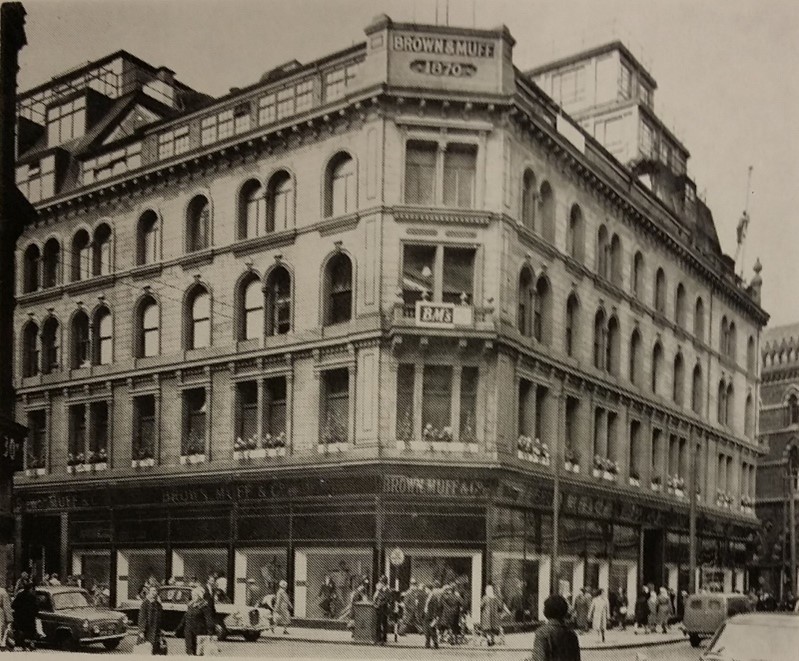
The new premises were designed by architects Messrs Knowles and Wilcock. The building had a cellar and four stories above ground including the attics. At the rear of the building there was a stable where horses were kept for the despatch of goods. There were three main departments, clothing, drapery and carpets and furnishing.
The cellar was lighted by numerous windows and extended to the full length of the building. Sensibly it was where the heaviest goods were stored. The first floor was divided into three, readymade clothing and haberdashery, shawls and mantles, and damasks and curtains. The second floor had departments for scotch carpeting, wholesale drapery and there was a cutting room. There was also a large dining room for the staff. On the third floor was a kitchen, a tailor’s workshop, a stock room and a room for carpet sewing. The fourth floor, the attic, was the flock and feather department. There was a broad staircase connecting the floors and a hoist connected each floor and ran the entire height of the building. The revolving shutters were supplied by Mr J Stones and the electric bells by Messrs Gent & Co. Steam pipes provided the heating and foot warmers ran in front of the shop counters.
On the 30th October 1871 a notice appeared in the London Gazette stating that the partnership between Henry Brown and Thomas Parkinson Muff had been dissolved by mutual consent. He was 67 years old and perhaps feeling the strain of the huge step they had taken in opening the new store, or because of his age it was the right time to let go. Cudworth suggests that it was advancing years that induced him to retire. (ref Historical notes) After 1871 he ceased to take any active part in the business. (BDT 26th March 1878) Thomas Parkinson Muff at 50 was a much younger man and he must have been full of enthusiasm for the new venture. Henry died in 1878.
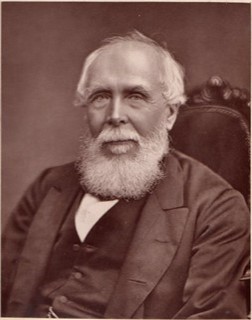
Like many successful businessmen in Victorian Bradford Henry Brown took up public office. In 1847 he was elected to the Corporation, he became an Alderman and JP and in 1856 the 7th Mayor of Bradford. He held the post for three consecutive years, one of only three Mayors to do this. When he took office, he announced that he would stop mayoral dinners and instead he presented 100 guineas to start an Institution for Decaying Tradesmen. From this the Tradesmen Benevolent Fund started. Henry was first governor and retained this position until his death. He was also one of the promoters of Undercliffe Cemetery and was chairman of the company. One of his last acts in 1878 was to lay the foundation stones of the new chapels at the cemetery, designed by Lockwood and Mawson.
Henry left around £70,000 in his will equivalent to around 9.5 million pounds today. He was a zealous educationalist and when he died, he left £6000 towards scholarships at the Bradford Grammar School, and in total £26,000 to be used for charitable purposes. One of his funds still supports the maintenance of the Tradesman’s Houses at Lillycroft.
Henry was a congregationalist and a liberal, supporting the senior member for Bradford, The Rt Hon W. E. Forster. For many years he was also on the board of management of the infirmary, and the management of the Bradford’s trade houses. Henry and his wife had moved to a substantial property at Daisy Hill in Rawdon, sometime during the 1850s, but at the time of his death they were in Brighton.
The family’s grave and monument are amongst a group of four ex Mayors of Bradford on the main promenade at Undercliffe Cemetery. The Brown monument is the one in the middle of the three tallest monuments. From left to right we have Samuel Smith, Robert Milligan, Henry Brown and Joseph Farrar.
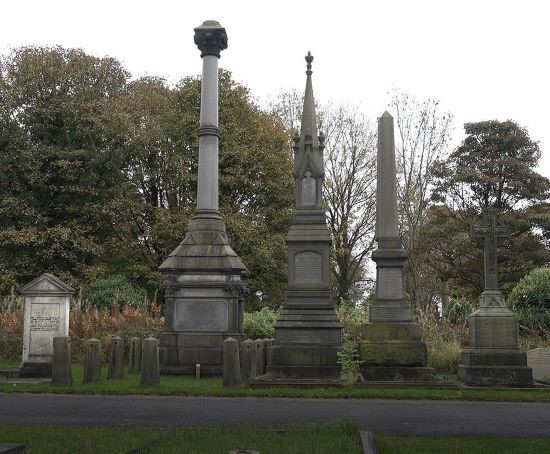
Brown Muffs continued under the management of the Muff family. For more on this see Thomas Parkinson Muff.
References
Piggot’s directory 1828
Bradford Observer dated 20th Feb 1834
Historical Notes on the Bradford Corporation by William Cudworth
The Bromuff Story, a booklet to celebrate 150 years in business.
The London Gazette 20th Oct 1871
Bradford Daily Telegraph 26th March 1878
Brown Muff’s Ledger 1838-77 14D96/1/8
Research by Steve Lightfoot 2021

